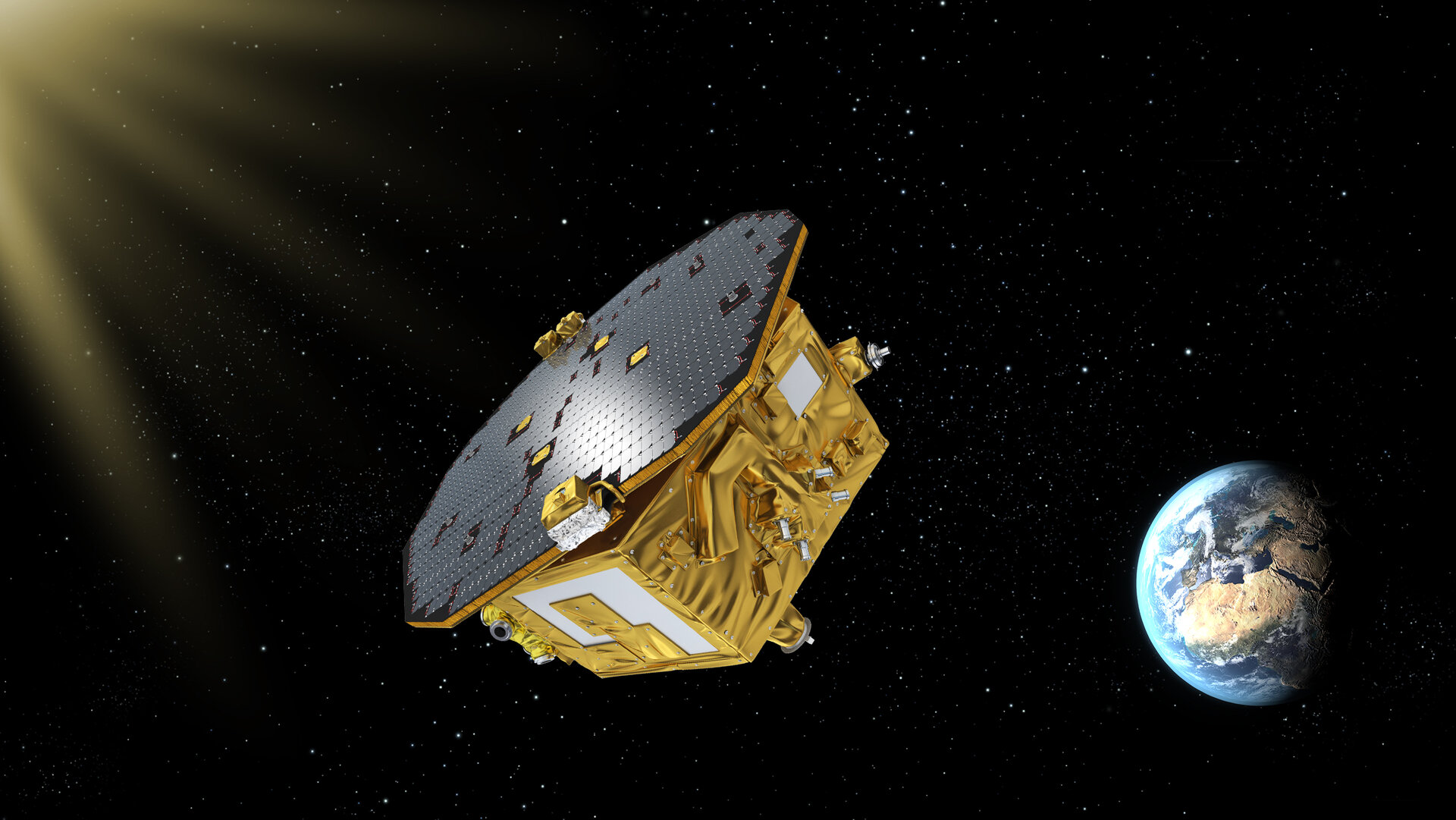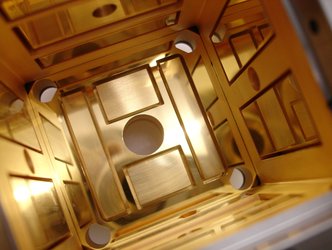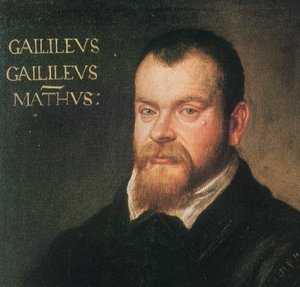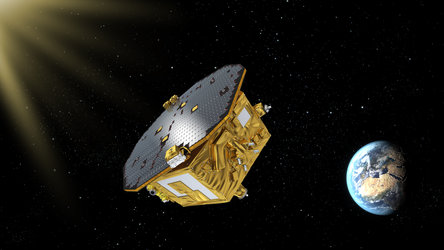LISA Pathfinder factsheet
Preparing the technology to test gravitational wave detection in space
Name The ‘LISA’ in the mission's name stands for Laser Interferometer Space Antenna, an earlier concept for a spaceborne observatory for gravitational waves, and now used to describe a class of missions based on the original LISA concept.
Launch 3 December 2015
Status Completed (2017)
Description LISA Pathfinder tested the technologies needed for a future space mission aiming at improving our knowledge of the universe by detecting gravitational waves, a phenomenon predicted by Einstein’s theory of general relativity in 1915. The mission made key measurements of the fabric of spacetime, a crucial component for future fundamental missions as well.
The mission flew a European payload, the LISA Technology Package (LTP), developed by the European scientific community using national funding from seven Member States (Italy, France, Germany, Spain, United Kingdom, the Netherlands and Switzerland) and from ESA. An American instrument is hosted on board – the Disturbance Reduction System (DRS), developed for NASA by the Jet Propulsion Laboratory in Pasadena, California.
Journey LISA Pathfinder travelled from Earth to one of the ‘Lagrangian points’. In these five special places the balance between the gravitational pull from the Sun and Earth allows an object to be stationary in the Sun–Earth system. A spacecraft near one of these points can stay there for long periods of time without the need for major manoeuvres.
LISA Pathfinder orbited the L1 point, located some 1.5 million kilometres from Earth in the direction of the Sun. The operational phase started on 1 March 2016 and lasted until 30 June 2017.
Notes LISA Pathfinder uses extremely sophisticated technologies in gravitational sensors, electric propulsion, and laser ranging. The purpose of the mission is to validate the technologies required to detect extremely small movements, a science known as ‘precision metrology’.
LISA Pathfinder will prove the techniques and equipment to detect the relative movement of two solid blocks that are freely floating in space to an accuracy of 10 picometres (1 picometre is equal to one millionth of a millionth of a metre).















 Germany
Germany
 Austria
Austria
 Belgium
Belgium
 Denmark
Denmark
 Spain
Spain
 Estonia
Estonia
 Finland
Finland
 France
France
 Greece
Greece
 Hungary
Hungary
 Ireland
Ireland
 Italy
Italy
 Luxembourg
Luxembourg
 Norway
Norway
 The Netherlands
The Netherlands
 Poland
Poland
 Portugal
Portugal
 Czechia
Czechia
 Romania
Romania
 United Kingdom
United Kingdom
 Slovenia
Slovenia
 Sweden
Sweden
 Switzerland
Switzerland
































